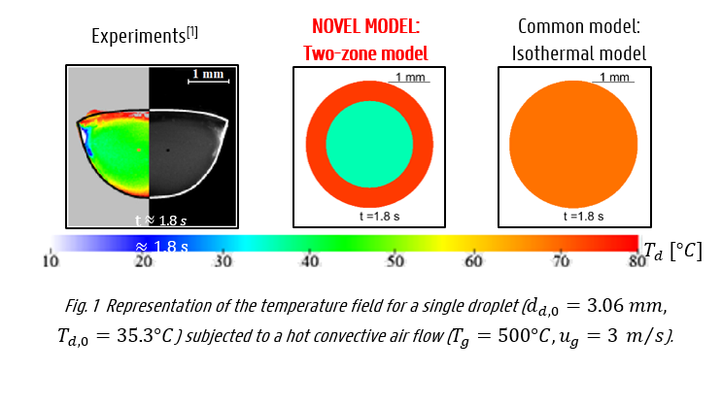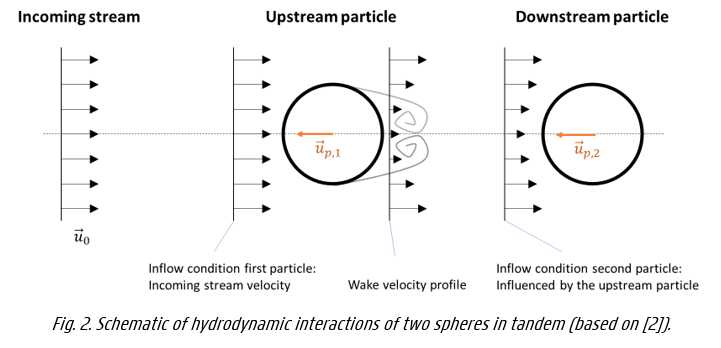Advanced Computational Fluid Dynamics Modelling of Water Sprays in Fire-Driven Flows
Researchers:
- Martin Thielens
- Tarek Beji (supervisor)
- Bart Merci (supervisor)
Description:
Water sprays are known to be an efficient means of fire control and suppression. The empirical approach does not provide though sufficient insight into the complex underlying physics in order to optimize the efficiency of sprinklers and water mist systems.
In this project, the capabilities of several important physical models that are implemented in a Computational Fluid Dynamics code – i.e.. the Fire Dynamics Simulator (FDS) - used for fire safety engineering will be examined in detail. Sub-models that are not state-of-the-art will be improved and the modelling capabilities will be assessed based on a rigorous verification and validation procedure within a stepwise approach.
The focus is mainly put on (i) the heat-up and evaporation model and (ii) the aerodynamic interactions between the droplets.
(i) Heat-up and Evaporation
Evaporation is a key physical phenomenon in the fire control and suppression by water sprays. Water absorbs energy from flames and smoke due to the heating up of droplets and the phase change from liquid to water vapor. During the research, a new idea for the modelling of the droplet heat up came up where the reliability and limits of the very commonly used isothermal model are being challenged. As an alternative, a novel ‘two-zone’ model where the droplet is decomposed into an outer ‘hot’ layer and an inner ‘cold’ (or less hot) layer is proposed.
Such model is deemed to better capture the instantaneous temperature field of the droplet without significantly increasing the computational time. A more elaborate and detailed study has then been carried out in order to further explore the capabilities of the new model.
(ii) Aerodynamics
The drag coefficient of a single spherical particle as a function of its Reynolds number is relatively well known and changes if droplets are relatively close to each other which is the case for dense sprays. In this project, a detailed report of several formulations will be provided and will be tested for simple cases in order to investigate with scrutiny their effect on momentum transfer between liquid droplets and the surrounding gas and its influence on the overall shape of a water mist spray as a function of the droplet drag coefficient.
The foreseen advances in this area will foster the use of CFD as a more reliable tool in the design of active fire suppression systems.
Funding:
Martin Thielens is a PhD student who holds a grant for fundamental research from FWO – Vlaanderen. His mandate number is 1182919N.


